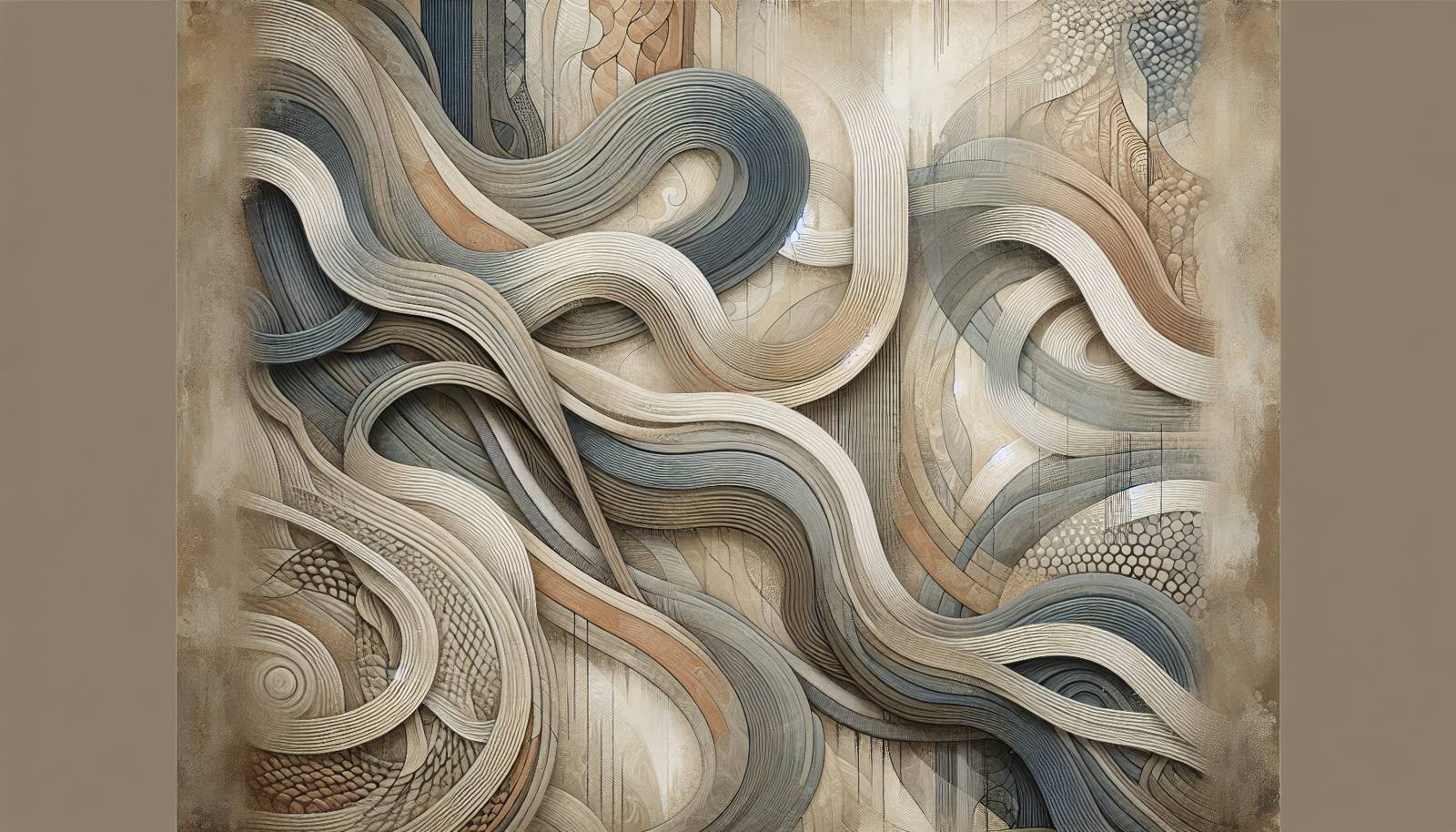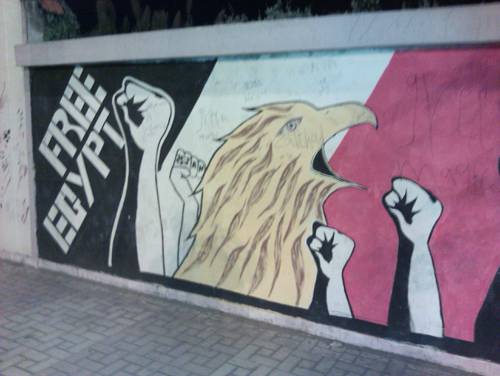
FAQ About The Role of Artistic Resistance in Political Revolutions

What is artistic resistance?
Artistic resistance refers to the use of art as a form of protest or as a way of challenging authority and the status quo. This can involve visual arts, music, literature, performance art, and other creative expressions that aim to inspire change, highlight injustices, or mobilize people during times of political unrest.

How has art historically played a role in political revolutions?
Throughout history, art has served as a powerful catalyst in political revolutions by communicating ideas, inspiring unity, and provoking action. Notable examples include the French Revolution, where political cartoons and pamphlets spread revolutionary fervor, and the Civil Rights Movement in the United States, where music like that of Aretha Franklin and Bob Dylan mobilized activists.

Can you give examples of famous artworks that have influenced political change?
The mural "Guernica" by Pablo Picasso is one of the most influential artworks that depicted the horrors of war and influenced political discourse worldwide. Similarly, Diego Rivera’s murals criticized industrial capitalists and conveyed socialist messages to the public, playing a part in the Mexican Revolution.

How does music contribute to political resistance?
Music serves as a universal language in political resistance, rallying individuals and communities with powerful lyrics and melodies. Songs like “We Shall Overcome” during the American Civil Rights Movement or more contemporary songs like “Alright” by Kendrick Lamar provide anthems of hope and unity in the face of oppression.

What role did art play during the Arab Spring?
During the Arab Spring, art was a vital instrument for expressing dissent and solidarity. Graffiti and street art in countries like Egypt and Tunisia conveyed powerful messages against autocratic regimes, as online artists used cartoons and animations to spread revolutionary ideas across social media.

Why is visual art effective in political protests?
Visual art can distill complex political messages into striking, powerful imagery that can be universally understood and easily shared. It transcends language barriers, evokes strong emotional responses, and can rapidly convey solidarity and resistance to wide audiences.

How do literature and poetry serve as forms of artistic resistance?
Literature and poetry have long served as quiet, profound forms of resistance. They allow for the reflection and expression of personal and collective struggles, encourage the exchange of ideas, and preserve the narratives of resistance movements. Works by authors like George Orwell and poets like Langston Hughes have provided critical commentary on issues of power and justice.

What is the significance of political cartoons in revolutions?
Political cartoons distill complex political situations into simple, often satirical visuals that can quickly influence public opinion. Historically, they have been used to mock leaders, symbolize movements, and energize the public, playing a significant role in revolutions such as the French Revolution and more modern protests.

How does performance art contribute to political change?
Performance art engages audiences directly, creating an immediate and powerful means of protest that can shock or inspire. By physically engaging with the space and people around them, performance artists can disrupt norms, provoke thought, and encourage political change. An example is the Guerrilla Girls' works which challenge sexism and racism within the art world.

What are some challenges faced by artists engaging in political resistance?
Artists involved in political resistance often face censorship, persecution, and the risk of violence or imprisonment. They may also struggle with the sustainability of their work and the need to balance activism with artistic integrity, all while navigating the potential for their message to be co-opted by political agendas.

How have digital platforms changed the role of art in political resistance?
Digital platforms have transformed artistic resistance by providing a global stage for artists to share their work rapidly and widely. Social media allows for the viral spread of art that challenges political narratives, fosters international solidarity, and enables real-time, grassroots mobilization.

What impact has street art had on public perceptions during political movements?
Street art has played a significant role in shaping public perceptions during political movements by transforming urban landscapes into canvases for dissent. It makes political messages accessible to the general public, stimulates dialogue, and can inspire collective action through its often provocative visuals and messages.

Can photography be considered a form of artistic resistance?
Yes, photography can be a powerful form of artistic resistance. It captures moments of struggle, resilience, and change in ways that can be both documentary and artistic. Iconic images, like those from protests or conflict zones, can bring global attention to injustices and human rights abuses, prompting public outcry and action.

What role did art play in the resistance movements during apartheid in South Africa?
During apartheid in South Africa, art was a critical means of protest and survival, providing a voice for oppressed communities. Through music, literature, and visual art, artists like Miriam Makeba and writers such as Nadine Gordimer highlighted the cruelty of apartheid and galvanized international support against the regime.

How do artists balance aesthetic qualities with political messages in their work?
Artists balance aesthetics with political messages by carefully crafting their work to maintain artistic integrity while conveying clear, impactful narratives. This involves considering composition, symbolism, and emotional resonance to ensure that the message is not lost and that the artwork remains engaging and thought-provoking.

Are there any modern art movements focused on political resistance?
Modern art movements such as "artivism" focus on political resistance by merging art and activism. These movements use various artistic expressions to address issues like climate change, racial injustice, and human rights, with groups like the Extinction Rebellion employing dramatic art installations to highlight their causes.

What is the role of satire in artistic resistance?
Satire is a powerful tool in artistic resistance, using humor and irony to critique power structures and point out societal flaws. Satirical works can disarm audiences, provoke critical thinking, and encourage action by making complex or taboo subjects more approachable.

How do governments typically respond to art used in political resistance?
Government responses to politically resistant art vary widely, ranging from censorship and suppression to engagement and reform. In some regimes, artists may face threats and imprisonment, while in others, art can prompt legal or policy changes if the public response is significant enough.

Have any revolutions been significantly aided by the use of art?
Yes, revolutions like the Cuban Revolution and more recent protests in Hong Kong have been significantly aided by art. In Cuba, music by artists like Silvio Rodríguez provided a soundtrack to revolutionary ideals, while Hong Kong’s protest art and digital graphics became symbols of resistance and international solidarity.
